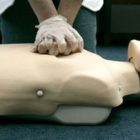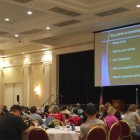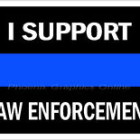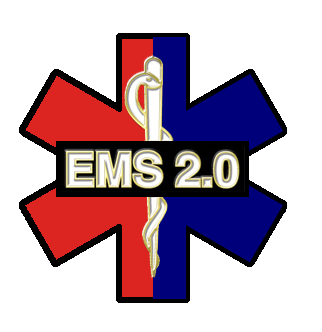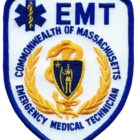
Jun 5, 2017
Any time I peruse the pages of EMS related articles I will inevitably come across some service that is trying to take over another service’s area. Diving deeper into those articles usually reveals the same usual arguments. Imagine my surprise when I clicked on an article about the East Longmeadow Fire Department’s move to take over EMS response in the town of East Longmeadow. I should first point out that what I am about to write is meant to represent my own personal views on the state of the industry. I have not inquired about anything having to do with the current staffing of ambulances and volume. What I am reflecting on is the article and just the article coupled with my years of experience in the greater Springfield area. Just to give a little bit of background here, I used to have a dog in this fight. As many of you know, I was a 12-year employee of American Medical Response, the last seven of which as a supervisor. I participated in contract bids for the town, and saw service improve as the requirements of those contracts increased. AMR currently provides EMS service to the towns of East Longmeadow and Hamden free of charge. The service is paid for by those who use it. They respond to more than 2,000 calls a year, and AMR or its predecessor companies have served the town for more than two decades. The East Longmeadow Fire Department is currently a part time department covering daytime hours only, with off hours supported by call staff and volunteers. Their Chief, Paul Morrissette, has spent his entire career in East Longmeadow. The East Longmeadow Fire Department does not provide EMS first response in town and even if they did, the ambulance would most likely beat them to virtually every call because they are deployed from street corner posting, quite often from the same area where the fire department is located. To put it briefly, neither Chief Morrissette nor the department currently have any experience operating an EMS service. In an article recently posted in The Reminder, a regional online publication, Chief Morrissette is quoted as saying, “AMR isn’t always familiar...

